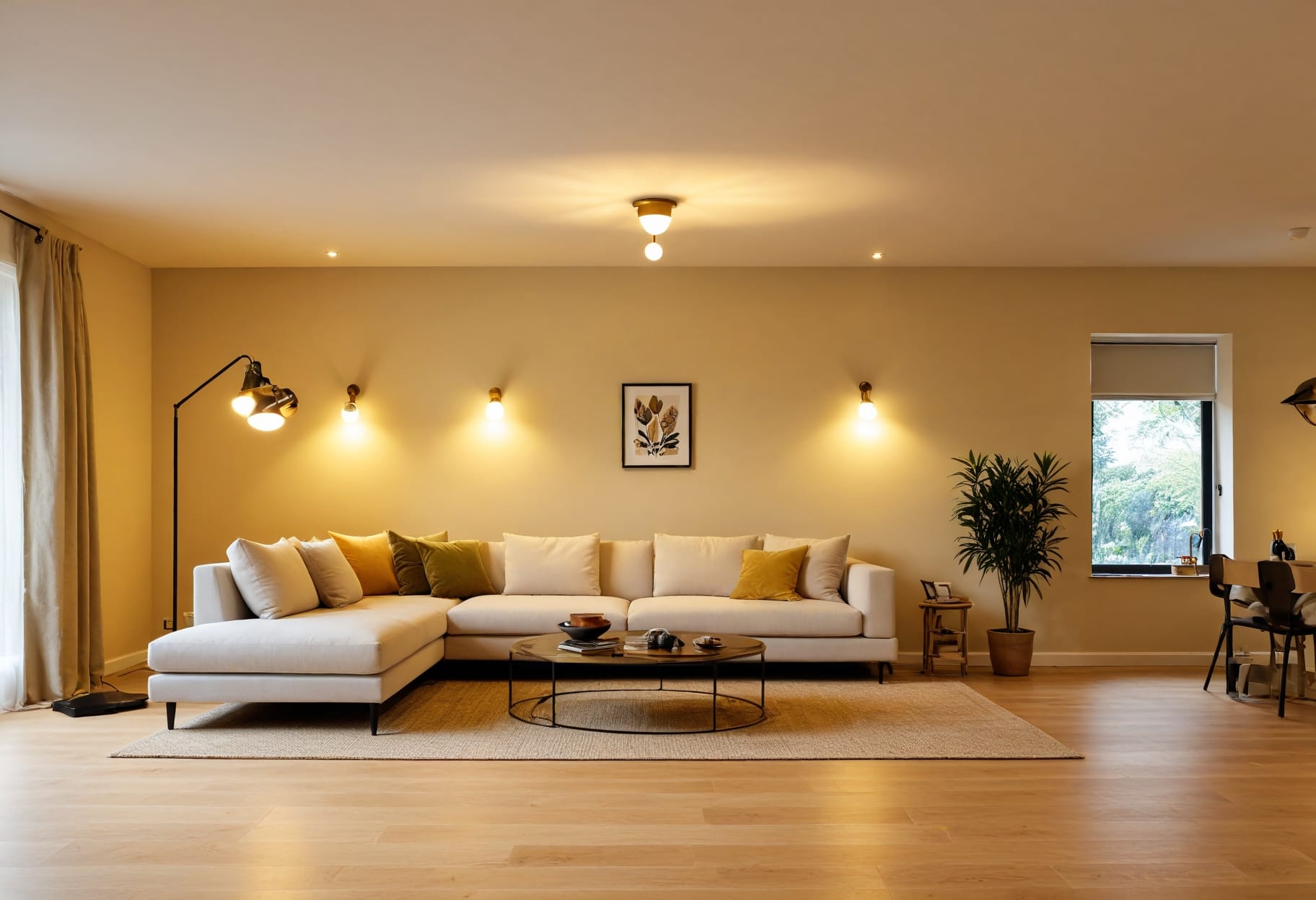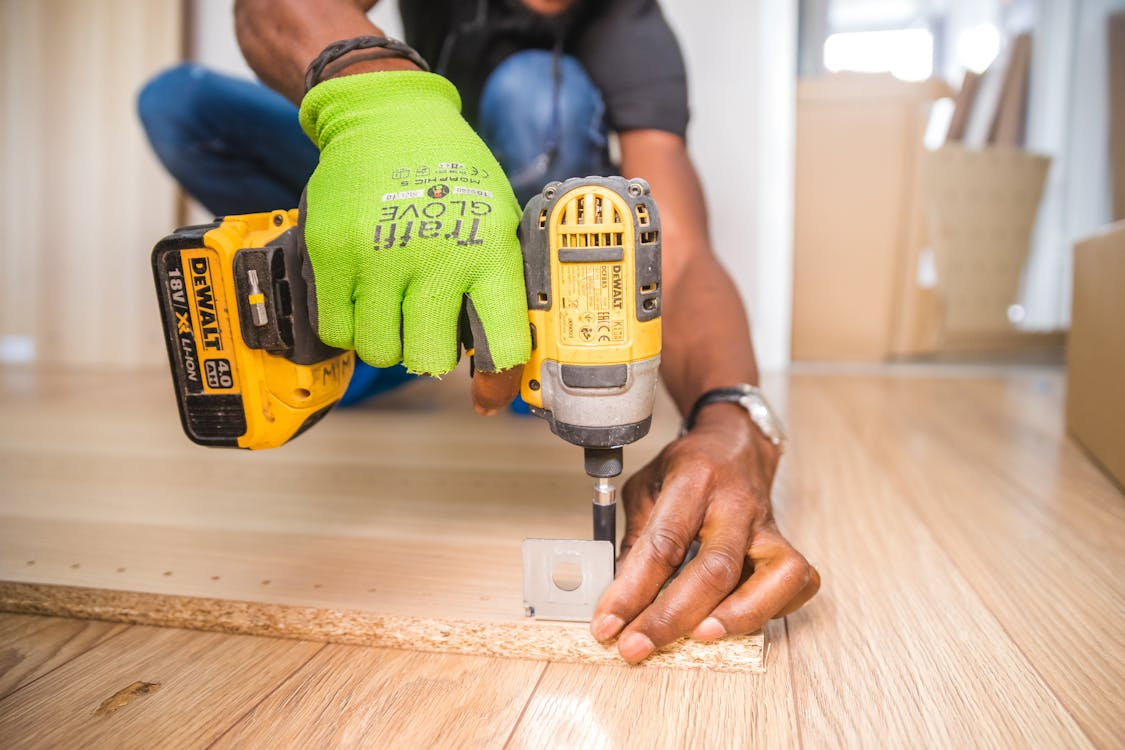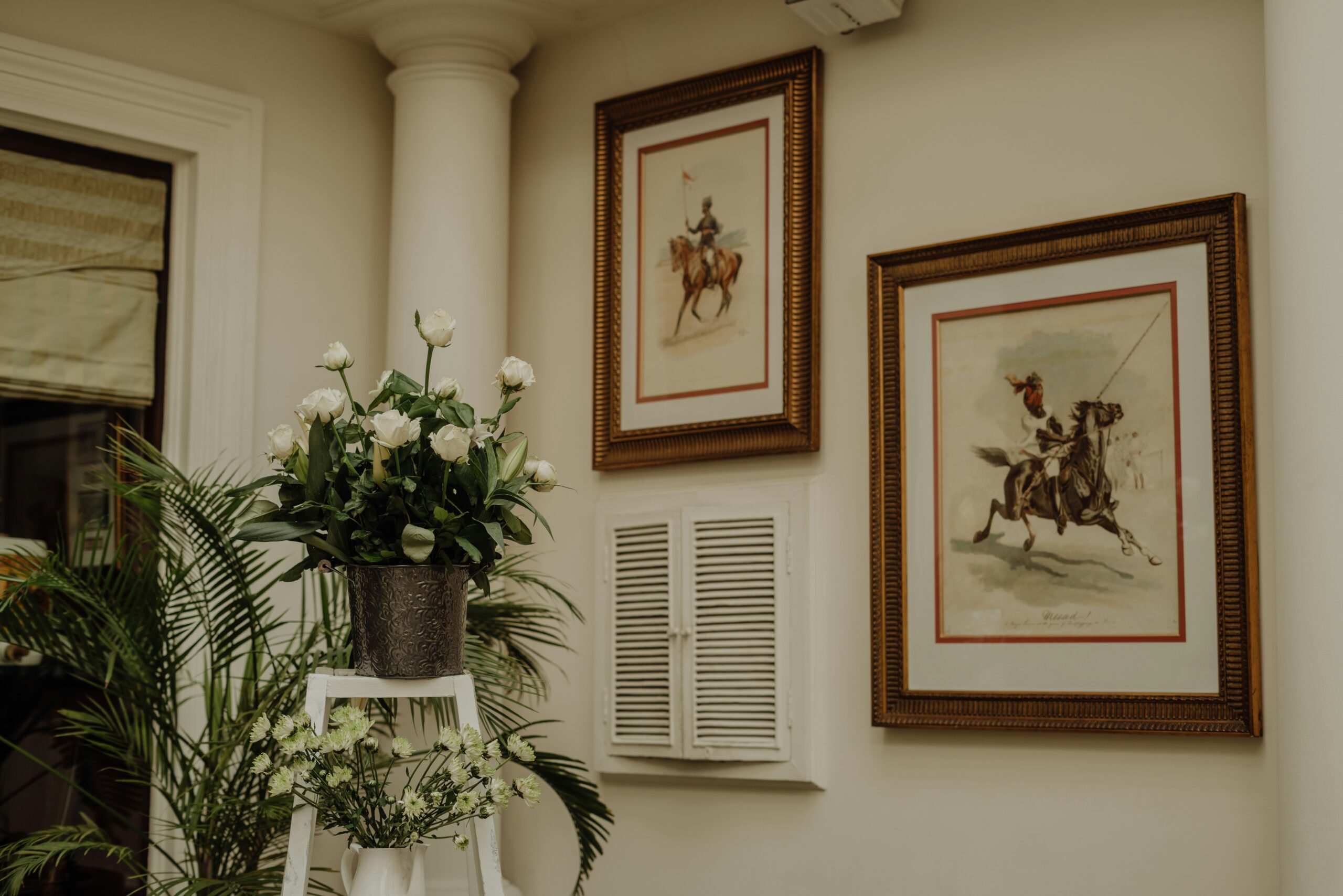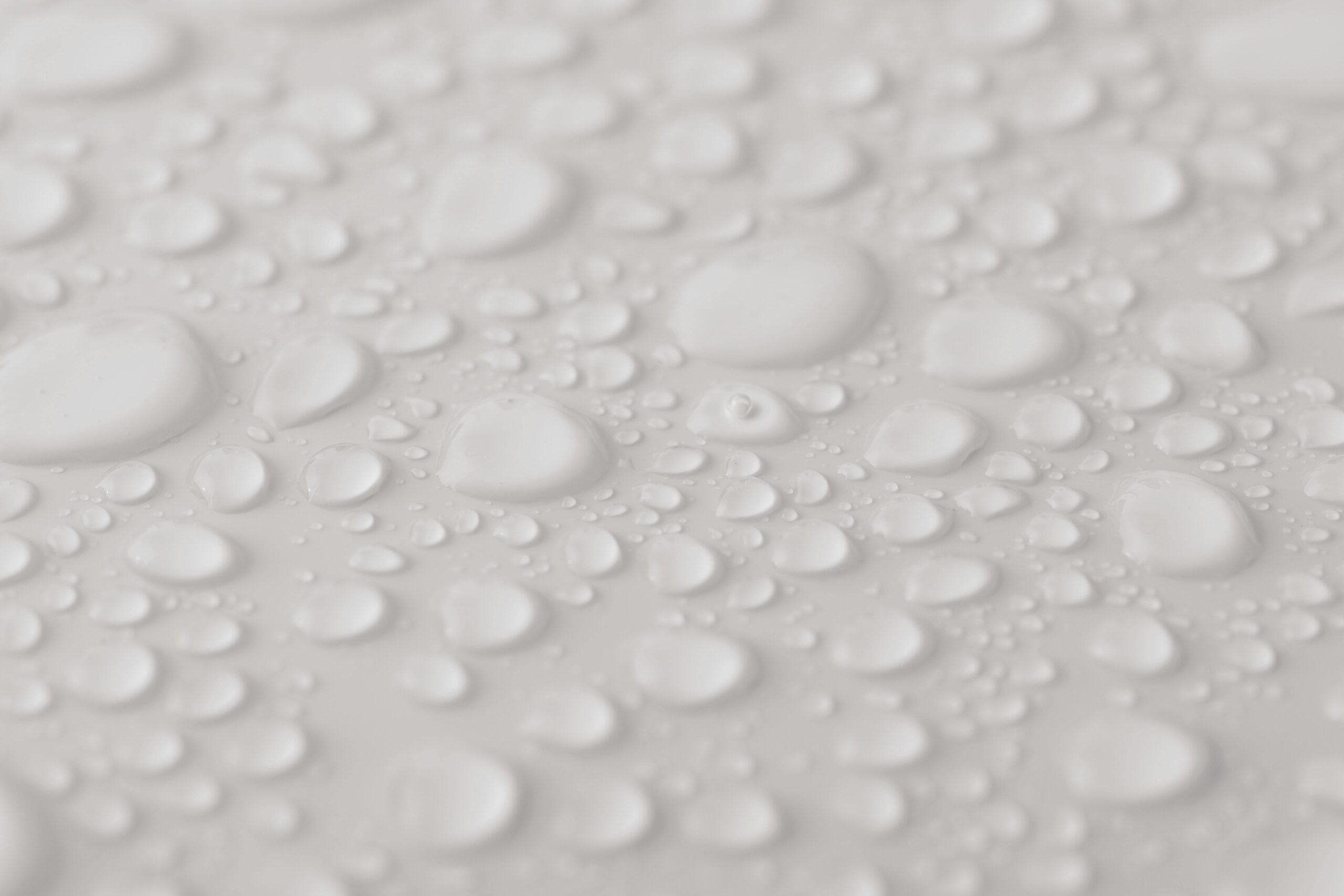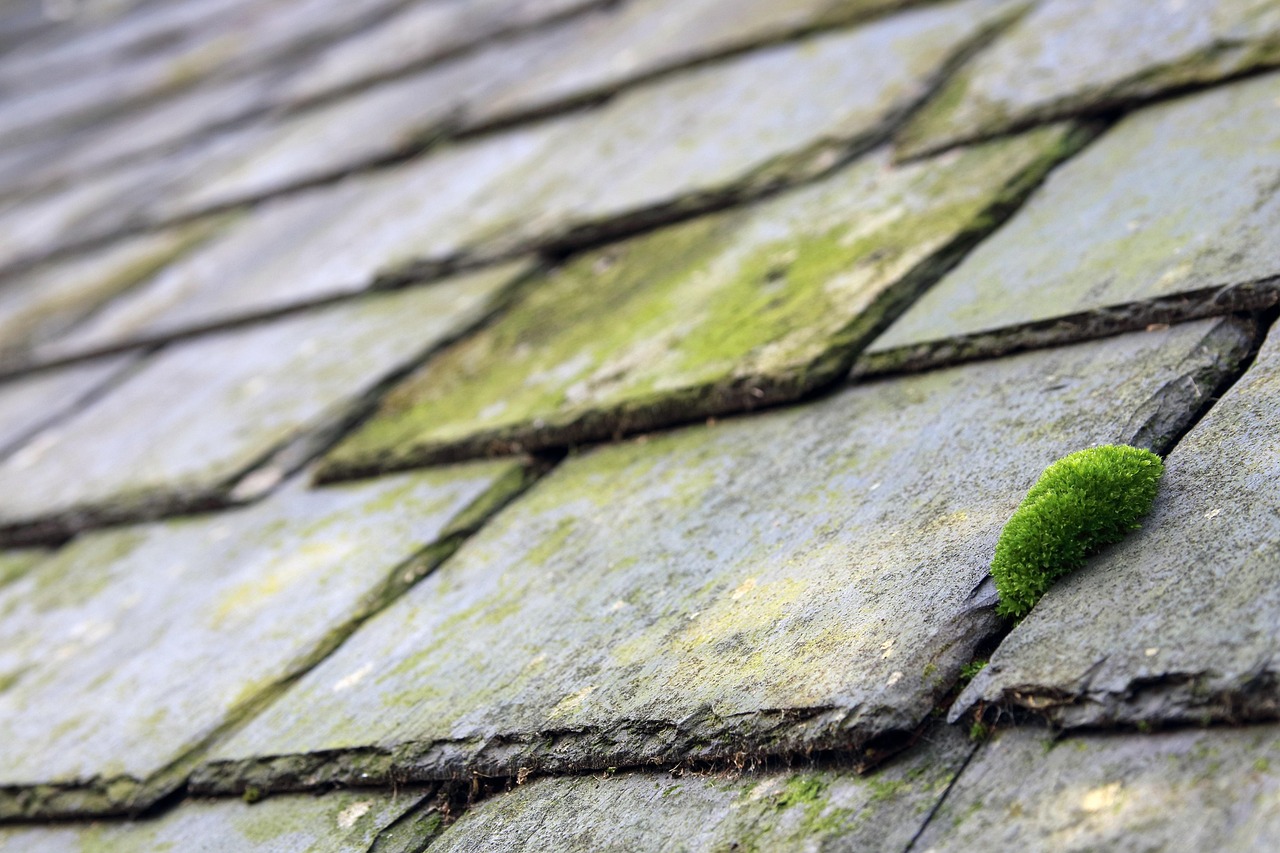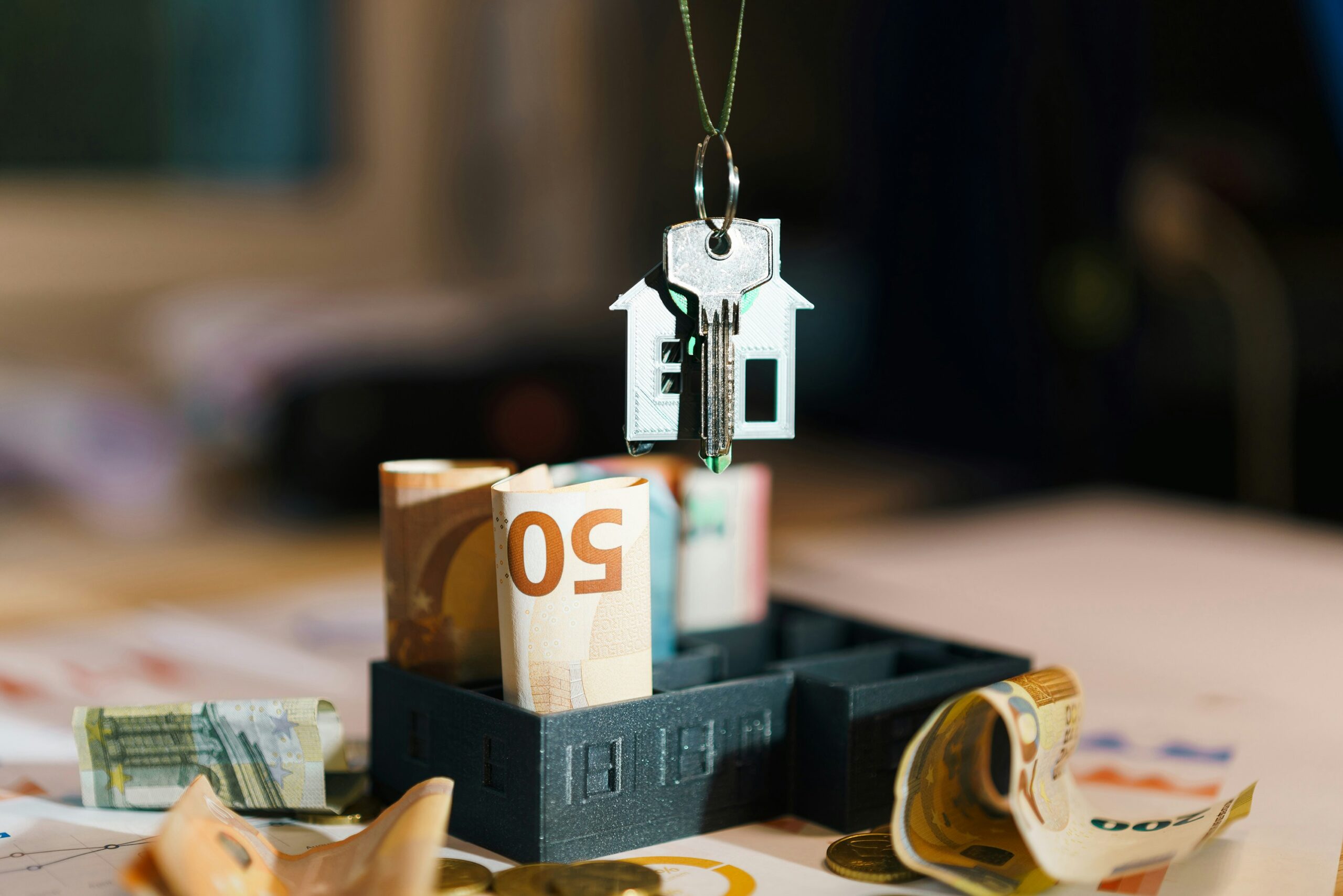Interior design is not just about furniture and colors. It’s about creating a feeling and telling a story with the right visuals and light. When you use things like art and textures with the right lighting, you can turn a simple room into an amazing one. Even if you’re designing your home or a workspace, you should know how to use these elements. This will take your interior design to the next level. Lighting and visuals are often missed by us. They can change the mood and show off your space’s features. They also make the room feel bigger or smaller. The trick is to pick the right visuals and lighting onwards. They should also work well together and fit the room’s purpose.
In this guide, we’ll share four amazing ways to use visuals and lighting together. This can improve your space. In this, you can understand natural light with the best art. These tips will really help you create a space that is useful and beautiful too.
Read This Also: Best Lighting for Galley Kitchens
Use Natural Light as the Foundation
Natural light is the most important tool for any interior designer. It makes a room look better. It also affects how you feel in the space. Rooms with lots of sunlight feel bigger and brighter. They are more inviting. So it’s important to plan with natural light in mind. You can start by taking notes on how sunlight comes into your room during the day. Also, look for big windows and glass doors that can bring in a lot of light. They make the room feel open and airy. To make natural light work better, you can use light curtains that let in sunlight. Mirrors are another good way to spread light around the room to make it feel bigger.
Where you place furniture matters too. Don’t block natural light with big furniture. You need to choose lighter materials that let light pass through. When you use natural light as a base, you can build up more lighting in the room.
Layer Artificial Lighting with Strategy
Natural light is important but artificial lighting makes a big difference after sunset. Good lighting design uses three types of light. It’s the ambient, task, and accent. These make your space both useful and beautiful. This can be tricky to do on your own. You can hire an interior designer in Boston, MA to help you with this. They can create the perfect lighting for your home. Yes, because a professional can make this process easier.
Ambient lighting is the main source of light. It is usually from ceiling fixtures or recessed lights. It makes the space feel bright and welcoming. Task lighting is for specific activities like reading or cooking. Examples of these task lighting are table lamps or pendant lights.
Accent lighting adds extra excitement. It draws attention to some areas or objects. You can use it on artwork or textured walls. Spotlights or LED strips are great for this. When you layer your lighting, think of your space like a stage. Each light layer should work well with the others. This gives your space a balanced and very lively look.
Use Visuals to Present Your Design
Visual elements like artwork and sculptures are also important. They help focus your design and set the mood for the room. When you choose visuals think about their size with color. Always make sure they match your room’s overall style.
For example, a big piece of art can be the main focus in your living room. It catches attention and adds personality to the space. On the other hand, a gallery wall with smaller frames can create a sense of movement. It tells a story. Visuals aren’t just for walls. Statement furniture and patterns can also add to the look of the room.
Match Lighting Temperatures to the Room’s Purpose
The color temperature of lighting is measured in Kelvin (K). It is important for setting the mood in your room. Warm light (2700K–3000K) makes a room feel cozy and intimate. It’s great for bedrooms and dining areas. Cool light (3500K–5000K) helps you focus and feel more energized. So it works well in kitchens and workspaces.
When you design your space, choose the right lighting temperature for each room’s purpose. Don’t forget to keep it consistent. You can mix warm and cool lights to make the room feel balanced. It’s better to use just one temperature for each area.
In the End
The key to great interior design is how visuals and lighting work together. This correct mix can turn your home into a beautiful and functional space. Lighting and visuals need careful planning. The results are worth it. Each room in your home will tell its own story. This makes you experience different emotions and creates a unique experience.

